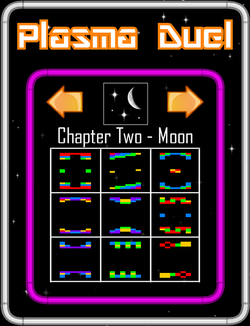
I considered this from the point of view of the player and thought about how I would find this experience if I was a new player of the game. Playing nine levels before you reach the next opponent is a relatively large investment of time to get a small pay-off in increased difficulty. Doing so repeatedly for over eighty levels felt like an experience that would not be engaging. I decided that I need to mix things up a bit and in the course of doing so introduce the tried and tested concept of the end of level boss.
I have now revised my design so that I no longer have each AI opponent having nine levels of their own. Instead, I have introduced the concept of chapters. There will be eight chapters of increasing difficulty with each chapter having three AI opponents. The third opponent in each chapter will only appear on the last level, in effect becoming an end of chapter boss.
The effect of this on the player is that instead of a strictly linear experience, they now climb to small crescendos of difficulty followed by some easier levels to give them some relief and a dose of dopamine as they feel better about themselves again. This should result in a much more engaging experience and keep players playing the game, hopefully right the way through to its conclusion.
This is particularly important in a game that will be primarily funded through advertising revenue. For this category of game the income is directly proportional to amount of time the game is played. Contrast that to paid apps where the income is proportional to the number of sales, even if the players stop playing the game within a few days.

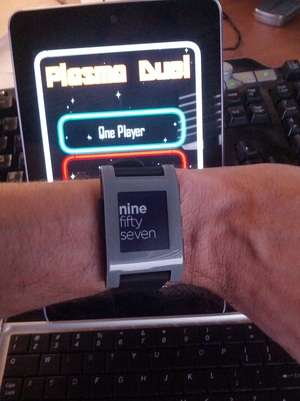
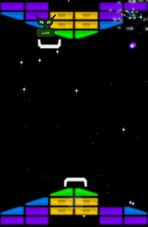
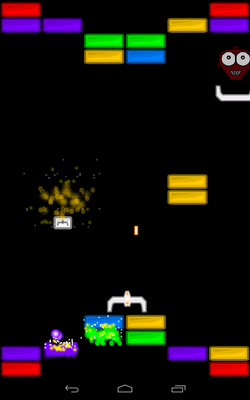
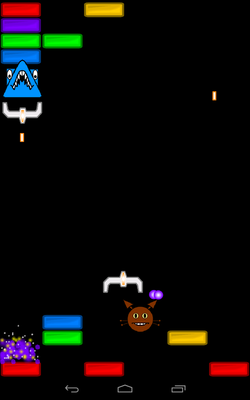
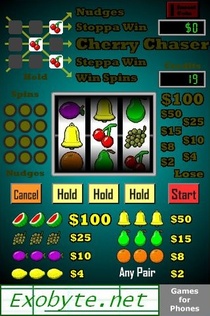
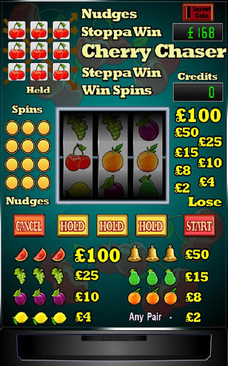

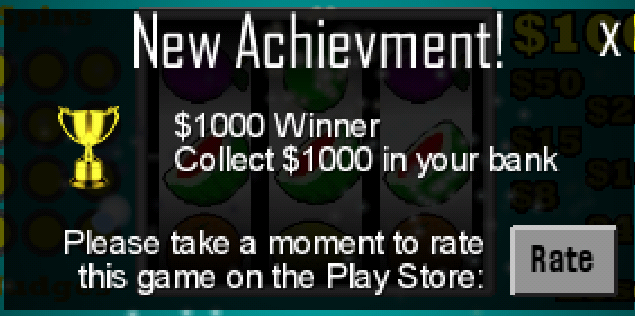
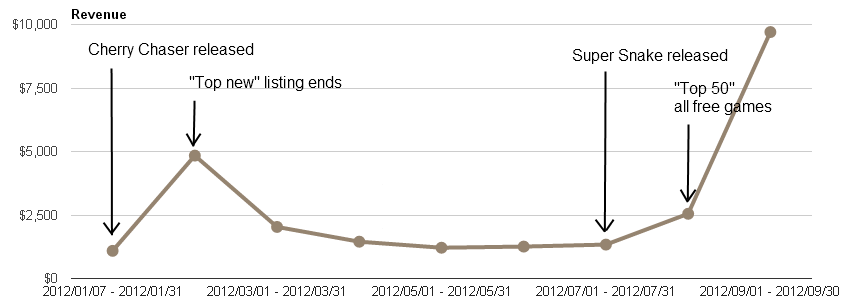
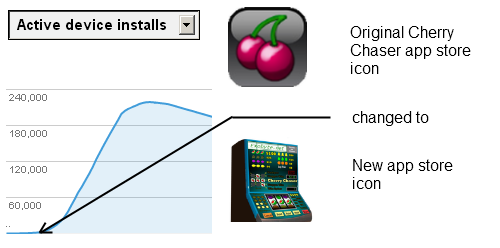
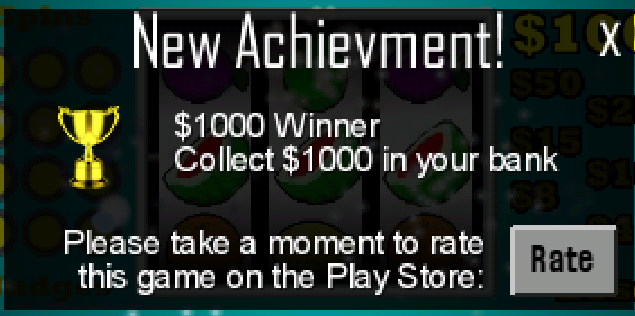


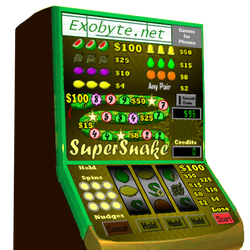
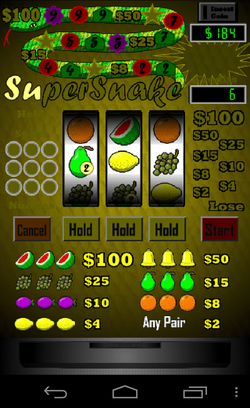
 RSS Feed
RSS Feed